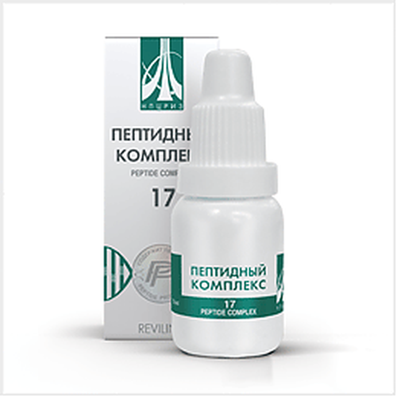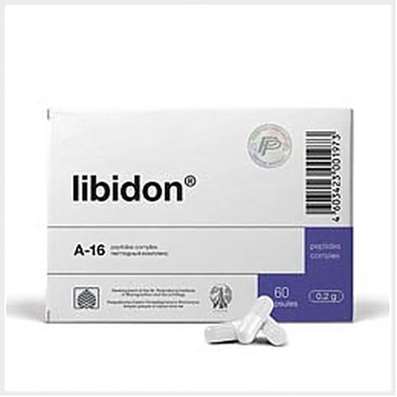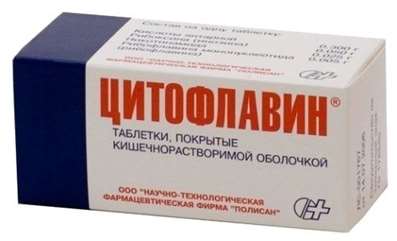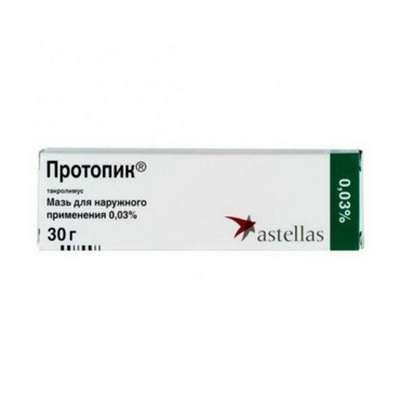Instruction for use: Nepafenac (Nepafenacum)
I want this, give me price
Pharmacological group
NSAIDs - Derivatives of acetic acid and related compounds
Ophthalmic products
Nosological classification (ICD-10)
H26.9 Cataract, unspecified
Extraction of cataracts, Cataract
H57.1 Ocular pain
eye pain, Pain in the eyes
Code CAS 78281-72-8
Characteristics of the substance Nepafenac
Yellow crystalline powder. Molecular weight 254.28. Osmolality of the ophthalmic suspension is approximately 305 mOsmol / kg.
Pharmacology
Pharmacological action - anti-inflammatory, analgesic.
Nepafenac (prodrug) after instillation penetrates through the cornea and under the action of hydrolases of the eye tissue turns into an active form - amfenac. Amfenac inhibits the action of prostaglandin H-synthase (cyclooxygenase), an enzyme necessary for the synthesis of PG (prostaglandins).
Data on the use of napafenac in healthy volunteers show that there are no clinically important and significant differences in the equilibrium pharmacokinetics of amfenac depending on sex after the administration of non-papafenac 3 times a day. Low, but detectable plasma concentrations of napafenac and amfenac were observed in most volunteers at 2 and 3 hours, respectively, after instillation of 0.1% of the suspension of napafenac into both eyes 3 times a day. When instilled into the eye, Css for napafenac and amfenac is 0.310 ± 0.104 ng / ml and 0.422 ± 0.121 ng / ml, respectively.
Carcinogenicity, mutagenicity, effects on fertility
Long-term studies of the carcinogenicity of napafenac have not been conducted. There was an increase in chromosomal aberrations in the in vitro test on the cells of the Chinese hamster ovary. Nepaphenac did not show mutagenicity in the Ames test and in the test on mouse lymphoma cells in vitro. When administered orally at doses up to 5000 mg / kg, it showed no mutagenic activity in vivo in the micronucleated test in mice (according to the estimate of the change in the number of micronuclei in polychromatic red blood cells of the bone marrow of mice).
Studies of the effect of napafenac on fertility in rats showed no adverse effect in males and female rats at doses up to 3 mg / kg (approximately 90 and 380 times higher than plasma exposure for napafenac and amfenac, respectively, at the recommended dose for humans for ophthalmic use ).
Clinical researches
Clinical efficacy of non-papenac in the treatment of postoperative inflammation was demonstrated in two double-blind, randomized clinical trials with instillation in the form of 0.1% ophthalmic suspension 3 times a day, starting from the day preceding the operation for cataract removal on the day of surgery and the first 2 weeks after surgery operation.
In patients who used 0.1% ophthalmologic suspension of napafenac, eye pain and signs of inflammation were recorded less frequently both in the early postoperative period and at the end of treatment compared with the control.
In both studies, a significantly larger number of patients (80%) in the group using nepafenac reported no eye pain the day after the cataract surgery compared with the control group (about 50%).
The results of clinical studies have shown that napafenac has no significant effect on intraocular pressure; however, changes in intraocular pressure may occur after an operation to remove cataracts.
There was no difference in the efficacy and safety of the use of nepafenac in elderly and young patients.
Application of Nepafenac
Pain and inflammation associated with the removal of cataracts.
Contraindications
Hypersensitivity, incl. to other NSAIDs.
Restrictions for use
Children under 10 years of age (safety and efficacy not determined).
pregnancy and lactation
The action category for fetus by FDA is C.
Teratogenic effects. In studies of reproduction in rabbits and rats, when administering napafenac orally at a dose of 10 mg / kg / day, there is no teratogenic effect, despite maternal toxicity. At this dose, the plasma exposure of napafenac and amfenac in animals was higher than plasma exposure in humans (using the recommended dose for conjunctival administration) at about 260 and 2400 times in rats and 80 and 680 times in rabbits, respectively. In rats, maternal toxicity at doses ≥ 10 mg / kg was associated with pathological births, increased postimplantation losses, decreased weight and fetal growth, and decreased fetal survival. It was shown that napafenac passes through the placenta in rats. Adequate and strictly controlled studies in pregnant women have not been conducted. Because reproduction studies in animals do not always predict effects in humans, nepafenac should be used during pregnancy only if the expected effect of therapy exceeds the potential risk to the fetus.
Nepafenac is excreted with milk from lactating rats. It is not known whether napafenac is excreted into human breast milk. Since many drugs are excreted in milk in women, caution should be exercised when napafenac in the form of eye drops is used in nursing mothers.
Nonteratogenic effects. Because of the known effect of substances that inhibit the biosynthesis of prostaglandins on the fetal cardiovascular system (closure of the arterial duct), the use of nepafenac at late pregnancy should be avoided.
Side effects
Because clinical studies are conducted under different conditions, the frequency of adverse reactions observed in these studies can not directly reflect the frequency of adverse effects noted in normal practice.
Adverse reactions from the eyes. The most frequent ocular side reactions after cataract surgery (in 5-10% of patients) is clouding of the posterior capsule of the lens, reduced visual acuity, foreign body sensation, increased intraocular pressure and a sticky sensation.
Other (1-5%) - conjunctival edema, corneal edema, dry eyes, crusts on the edges of the eyelids, eye discomfort, eye hyperemia, eye pain, itching, photophobia, lacrimation, vitreous detachment.
Some of these effects may be the result of surgical intervention for cataracts.
Other: (1-4%) - headache, arterial hypertension, nausea / vomiting, sinusitis.
Interaction
In vitro studies have shown that napafenac at concentrations up to 300 ng / ml does not inhibit the metabolism of the substrates of cytochrome P450 isoenzymes CYP1A2, CYP2C9, CYP2C1, CYP2C6, CYP2C1, CYP2D6, CYP2E1 and CYP3A4, so medication mediated by metabolism involving cytochrome P450 isoenzymes is unlikely. Interaction, mediated by binding to blood proteins, is also unlikely.
Nepafenac (0.1%) can be used with other local ophthalmic agents, such as beta-blockers, carbonic anhydrase inhibitors, alpha-adrenomimetics, mydriatic and cycloplegic drugs.
Routes of administration
Instillation.
Precautions for Nepafenac
Cross sensitivity. It is possible to cross-react hypersensitivity to acetylsalicylic acid, phenylacetic acid and other NSAIDs. Therefore, care should be taken when using napafenac in patients who have previously shown a hypersensitivity to these drugs.
Time of bleeding. For some NSAIDs, including nepafenac, there is the possibility of increasing bleeding time due to the effect on platelet aggregation. There are reports that NSAIDs used in the form of ophthalmic forms, in combination with ophthalmologic surgery can cause increased bleeding of the eye tissues (including hemorrhage in the anterior chamber of the eye). It is recommended to use with caution the use of napafenac in the form of 0.1% ophthalmic suspension in patients with a known tendency to bleeding or receiving other drugs that can prolong bleeding time.
Delayed healing. NSAIDs for topical use, including nepafenac, may slow healing. Local forms of corticosteroids, as is known, can also slow or delay healing. Simultaneous use of NSAIDs and steroids for topical administration can cause healing problems after surgery.
Effects of the cornea. The use of local forms of NSAIDs can lead to the development of keratitis. In some sensitive patients, prolonged use of topical NSAIDs may result in destruction of the corneal epithelium, thinning of the cornea, development of erosion, ulcers or perforation of the cornea, which may threaten vision. Patients with signs of corneal abnormalities should immediately stop using NSAIDs, including nepafenac, and monitor closely the condition of the cornea.
Postmarketing experience with topical NSAIDs shows that patients with complications after eye surgeries, with corneal denervation, corneal epithelial defects, diabetes mellitus, certain syndromes (eg, dry eye syndrome), rheumatoid arthritis or repeated eye surgery for a short period there may be an increased risk of side effects from the cornea, which may be a threat to the eyesight. Care should be taken to use local forms of NSAIDs in these patients.
Postmarketing experience with the use of topical NSAIDs also indicates that the use of local NSAIDs more than 1 day before surgery or for more than 14 days after surgery may increase the risk of occurrence and severity of side effects from the cornea.
Nepafenac should not be used with contact lenses.
When using several ophthalmic drugs, the interval between their use should be at least 5 minutes.

 Cart
Cart





